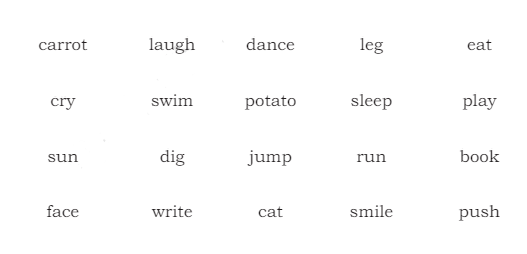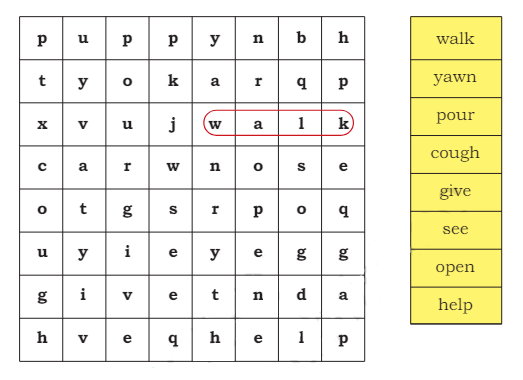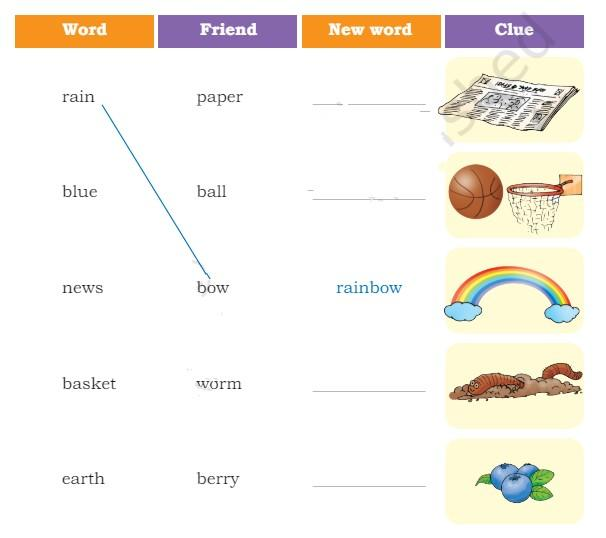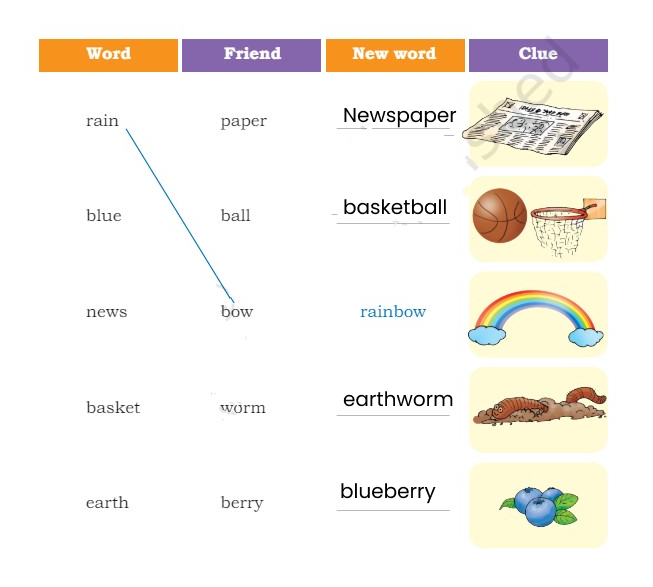Class 3 English Chapter 1 PDF - FREE Download
FAQs on NCERT Solutions for Class 3 English Chapter 1: Colours (Santoor)
1. What is the main message of the poem about crayons?
The main message of the poem is that sharing and cooperation can help everyone involved. By sharing their crayons, the characters show that working together is beneficial.
2. Which crayons do the characters in the poem need to share?
In the poem, the speaker needs the red crayon, and their friend needs the black crayon. They share these to complete their set.
3. How does sharing crayons result in a full pack?
Sharing crayons results in a full pack because each character has different colours. By combining their crayons, they have access to all the colours they need.
4. What activities does the poem suggest to make learning fun?
The poem suggests activities like singing, picture reading, and role-playing. These activities help make learning about sharing and cooperation more engaging for students.
5. How does the poem reflect children's real-life experiences?
The poem reflects children's real-life experiences by using everyday activities like colouring with crayons. This makes the lesson about sharing relatable and easy to understand.
6. Why does the speaker in the poem need the red crayon?
The speaker needs the red crayon to complete their set of crayons. This need illustrates the value of sharing resources to fulfil everyone's needs.
7. What lesson can be learned from the characters needing different crayons?
The lesson is that everyone has different needs and by sharing what we have, we can help each other out. This teaches the importance of cooperation and mutual support.
8. How does the poem emphasise the concept of a 'full pack' of crayons?
The poem emphasises the concept of a 'full pack' by showing that neither character has all the colours alone. Only by sharing do they achieve a complete set.
9. What does the act of sharing crayons symbolise in the poem?
The act of sharing crayons symbolises teamwork and the benefits of cooperation. It shows that working together helps everyone achieve their goals.
10. How can teachers use this poem to teach about sharing?
Teachers can use this poem to teach about sharing by discussing the characters' actions and encouraging students to think of ways they can share in their own lives.
11. What role does friendship play in the poem?
Friendship plays a key role in the poem as it highlights how friends can help each other by sharing. This teaches children about the value of supportive relationships.
12. How does the poem make the concept of sharing relatable to children?
The poem makes sharing relatable by using the familiar activity of colouring with crayons. Children can easily understand and connect with the idea of sharing their crayons with friends.
























